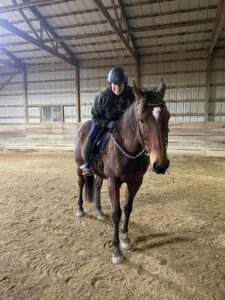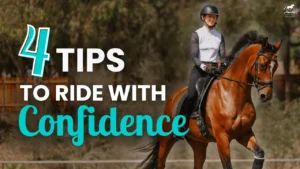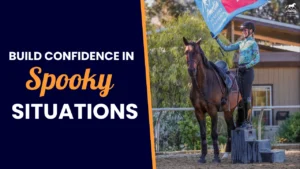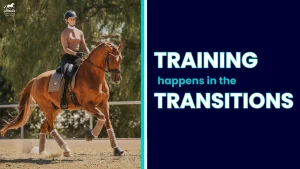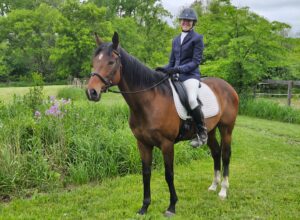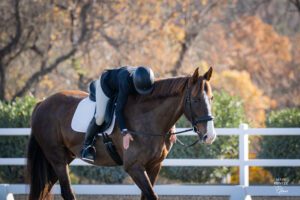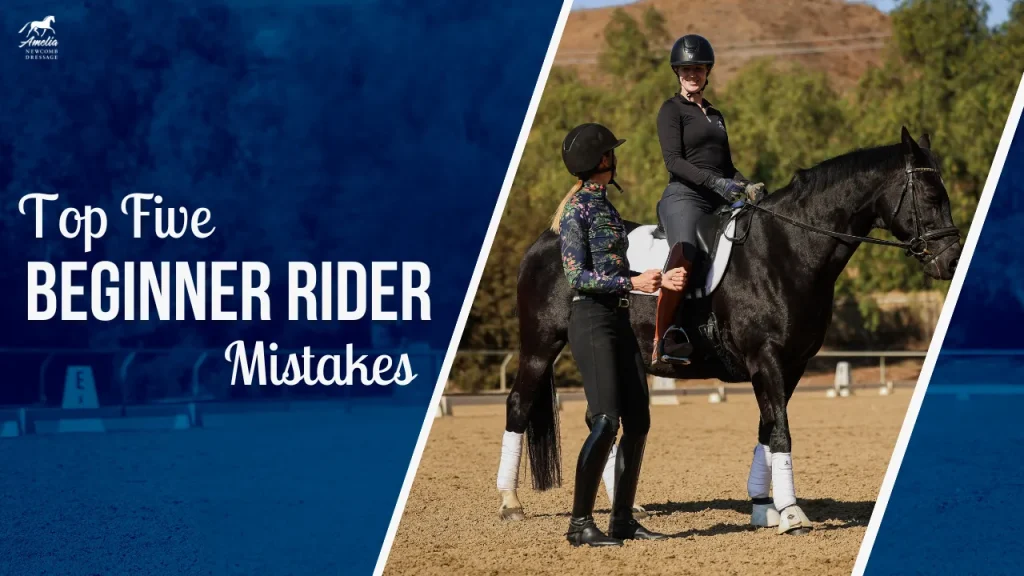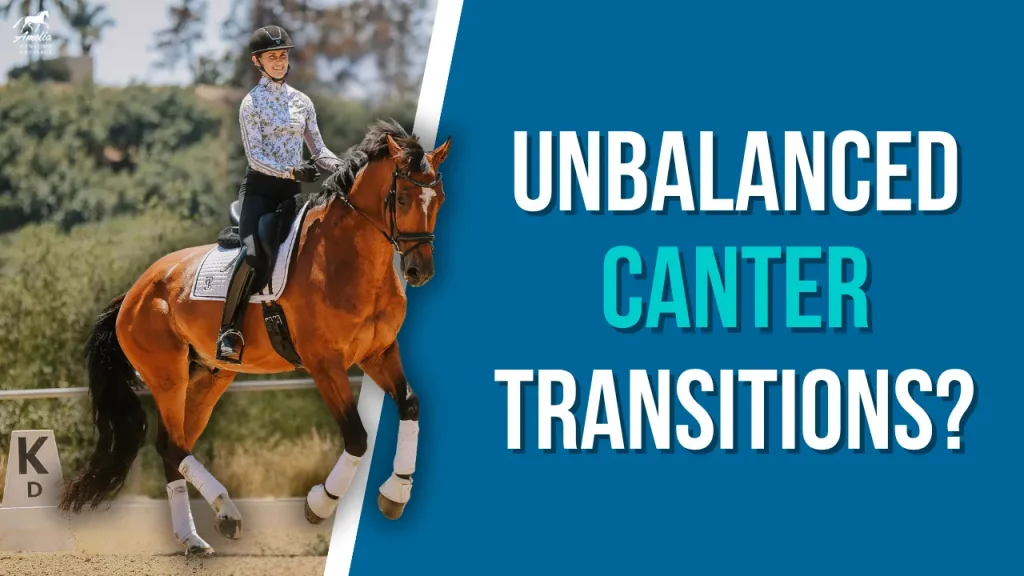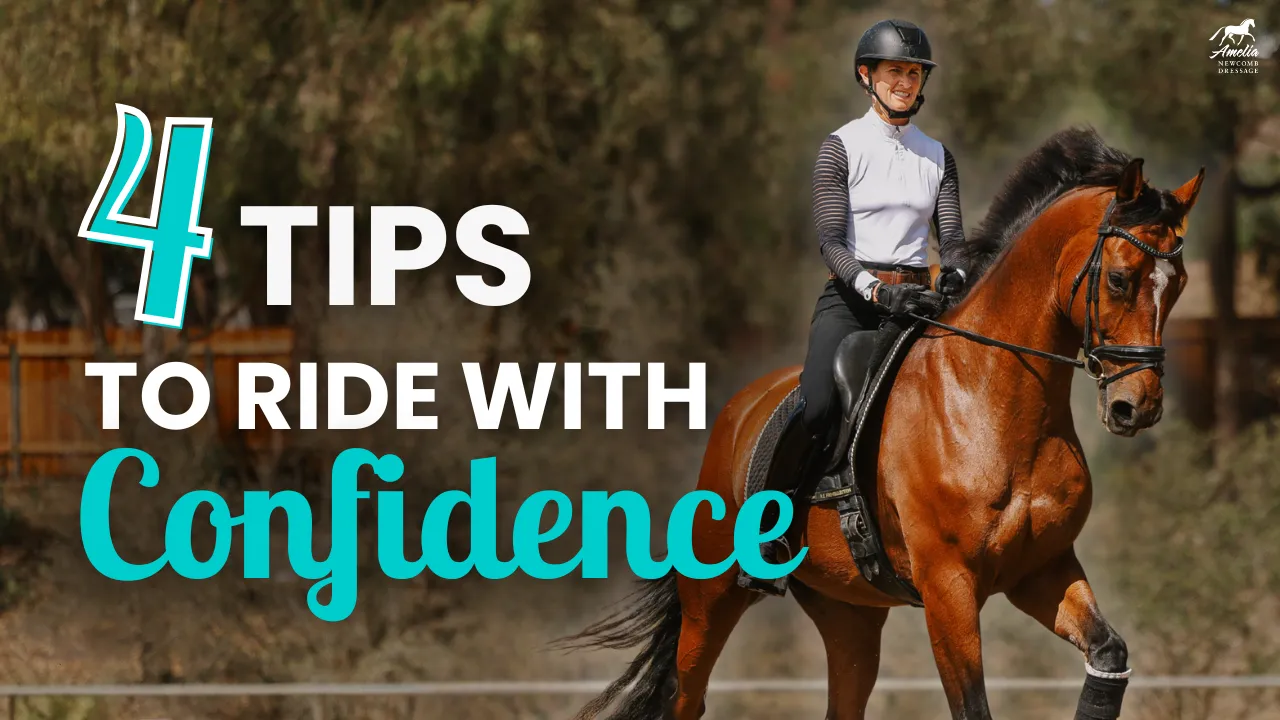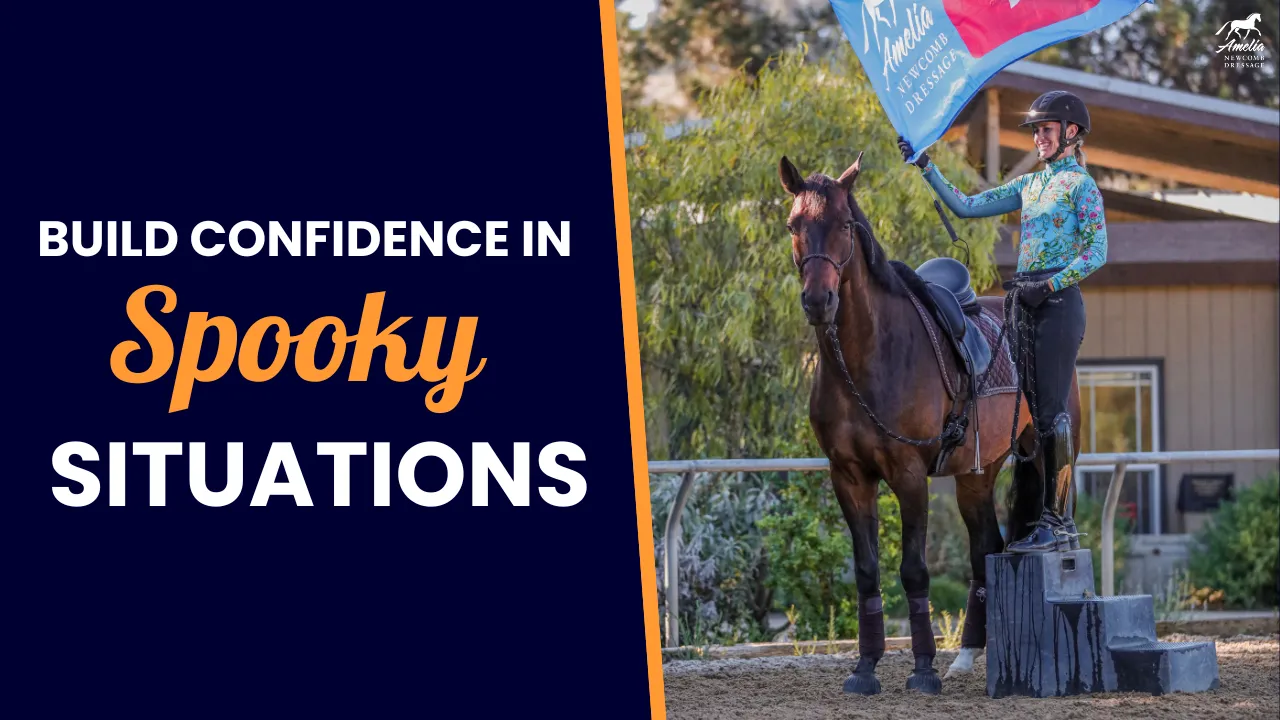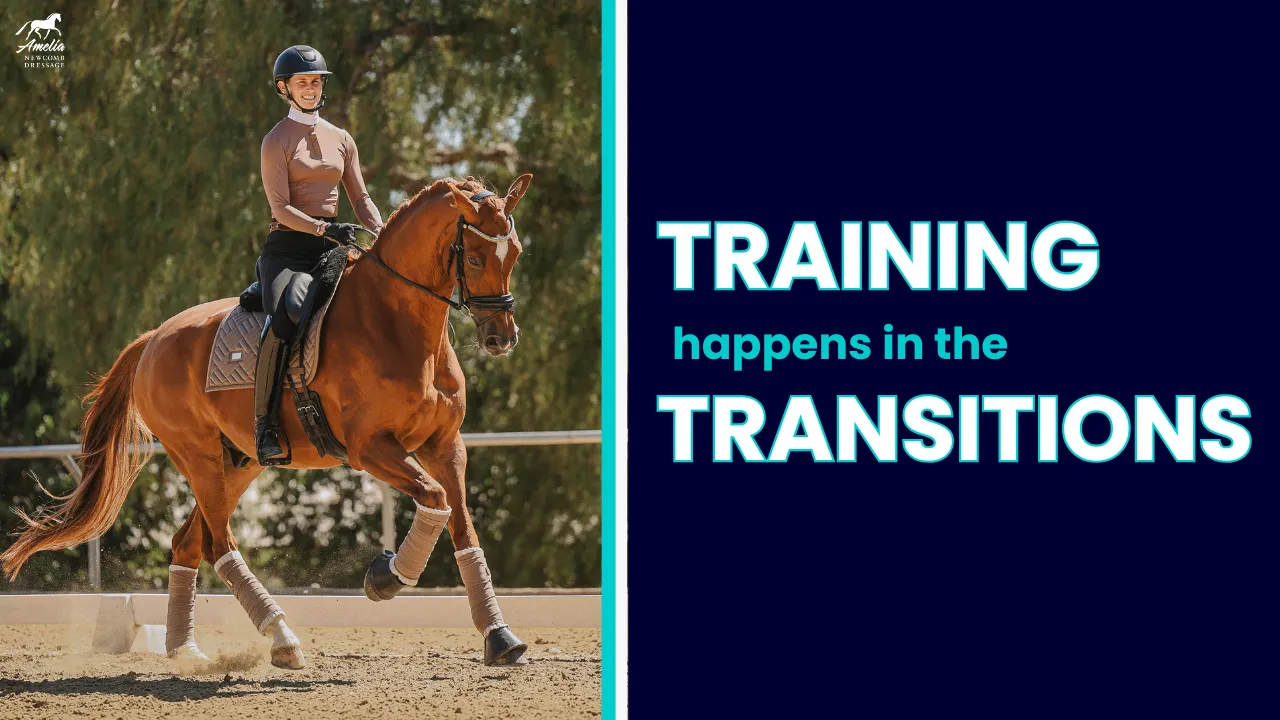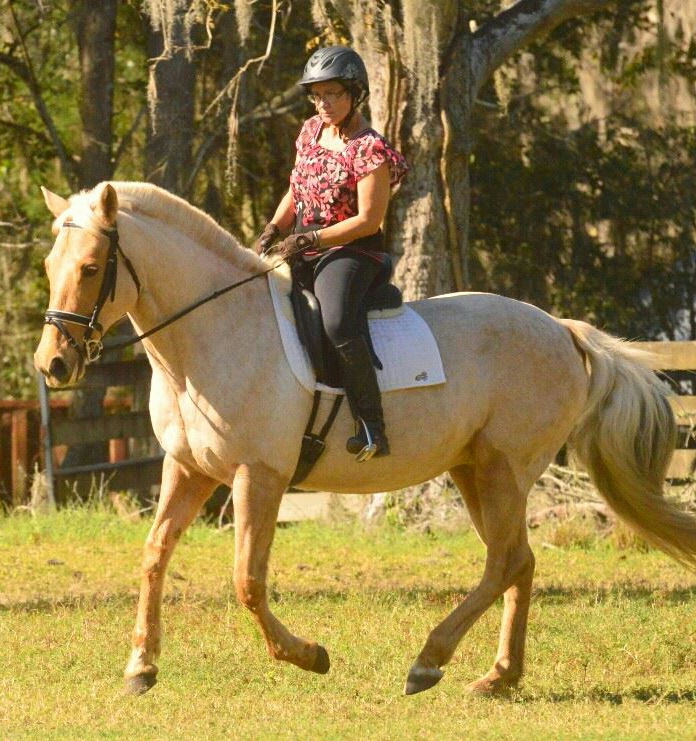
Hello Everyone!
My ‘Train Your Eye with Amelia’ segment is back. This time with rider Deb from my online community. If you haven’t heard of this series, these are quick 2-4 minute reads with a submitted photo from a real rider in my community. These articles are designed to help train your eye for dressage, rider position, and more while also giving you associated feedback to help the rider (and you if you have the same habits!).
But before we jump into this segment, be sure to RSVP for my upcoming, FREE Webinar on Rider Position. It will be recorded if you can’t make it LIVE. Hope to see you there!
Review the photo, take some notes as to what you see, then read below to see if you were on track with what I see and learn how I would help this rider improve her riding!
Big thank you to Deb for sending in her image for review.
What I see:
Dressage is for every horse, from the smallest shetlands, to warmbloods, speedy thoroughbreds, draft breeds, and more. I truly believe that you can enjoy dressage with any horse you have, that being said, some horse’s are built to be more naturally talented to dressage movements. This means that rider like Deb, who are on horse’s not as naturally gifted to dressage, have to work extra hard to do all the same exercises and movements as a more naturally dressage built horse.
To help Deb, I would make one main adjustment to her riding: Her Spinal alignment.
In rider position, we have three main lines of symmetry: the traditional ear, shoulder, hip, heel line that we all see in the textbooks; the elbow, hand, rein, bit line that is for a steady contact and connection; and then the spinal alignment from the base of the skull, neck, down the spine, and into the hips line.
If we look at Deb, we can see she is ‘collapsing left’. ‘Collapsing’ is a term that we use to describe when a rider’s spine curves one way or the other and the distance shortens from shoulder to hip. Deb’s left shoulder is lower than her right, with her spine curving out to the right. This also means that her weight is unevenly placed in her seat bones.
This uneven weighting of her seat in turn prohibits her horse from being able to bend properly to the left as her horse has to compensate for the rider’s misplaced weight. Essentially, the rider being crooked, prevents the horse from ever being able to be straight in its body. Which affects the horse’s ability to be supple, stretch into the contact, and ability to sit back and collect.
It’s important as coaches and riders that we come up with a phrase that resonates with us/our students to fix this spinal alignment. Simply saying “sit up straight” isn’t clear enough as that phrase could be referring to fixing tipping forward or back on the ear, shoulder, hip, heel line. Each rider is different and a certain phrase or metaphor might work better than another.
Here are a few ways we could communicate to Deb to straighten her spinal alignment.
-“lift your left shoulder”
-“Stretch the space on your left ribcage to make it longer”
-“imaging your torso is a rectangle, you want both sides of your body to be the same length”
-Or a fun one I use is “Watch your airplane” which is a little childish but can be entertaining once you start using it. At a halt, you ask the rider to drop their reins (make you’re standing there holding the horse!), and stick out their arms like they’re a child pretending to be an airplane. Then ask the rider to rotate her torso to turn one way or another, their arms should stay perpendicular to the ground. If the rider collapses one way or another as they turn their torso, it is very easy to see as their arms start to tip one way or another. You can explain to them that’s the same collapsing that you see in their bending, lateral work, etc. It is much more visual for the rider to ‘see’ how the misalignment happens when their arms are dramatically tilted one way or another (rather than just their shoulders). Then when they are riding large or in general, you can simply say “airplane” or “watch your airplane” and it quickly tells the rider to straighten their spine.
-And then of course you could say “you’re collapsing to the left” but that’s not nearly as much fun.
How to improve/exercise to try:
Stretching the arm of the collapsed side up to lengthen the ribcage. Check out this video of me going over this exercise where it also helps you feel the hind leg.
Straightening your whole body.
Listen to this interview I did with Dr. Russell Mackecknie Guire of Centaur Biomechanics.
Pilates and strengthening a rider’s core outside of the saddle is also a great way to make leaps and bounds in your riding. If you’re not sure where to start, I have a free Rider Fitness PDF that can help.
